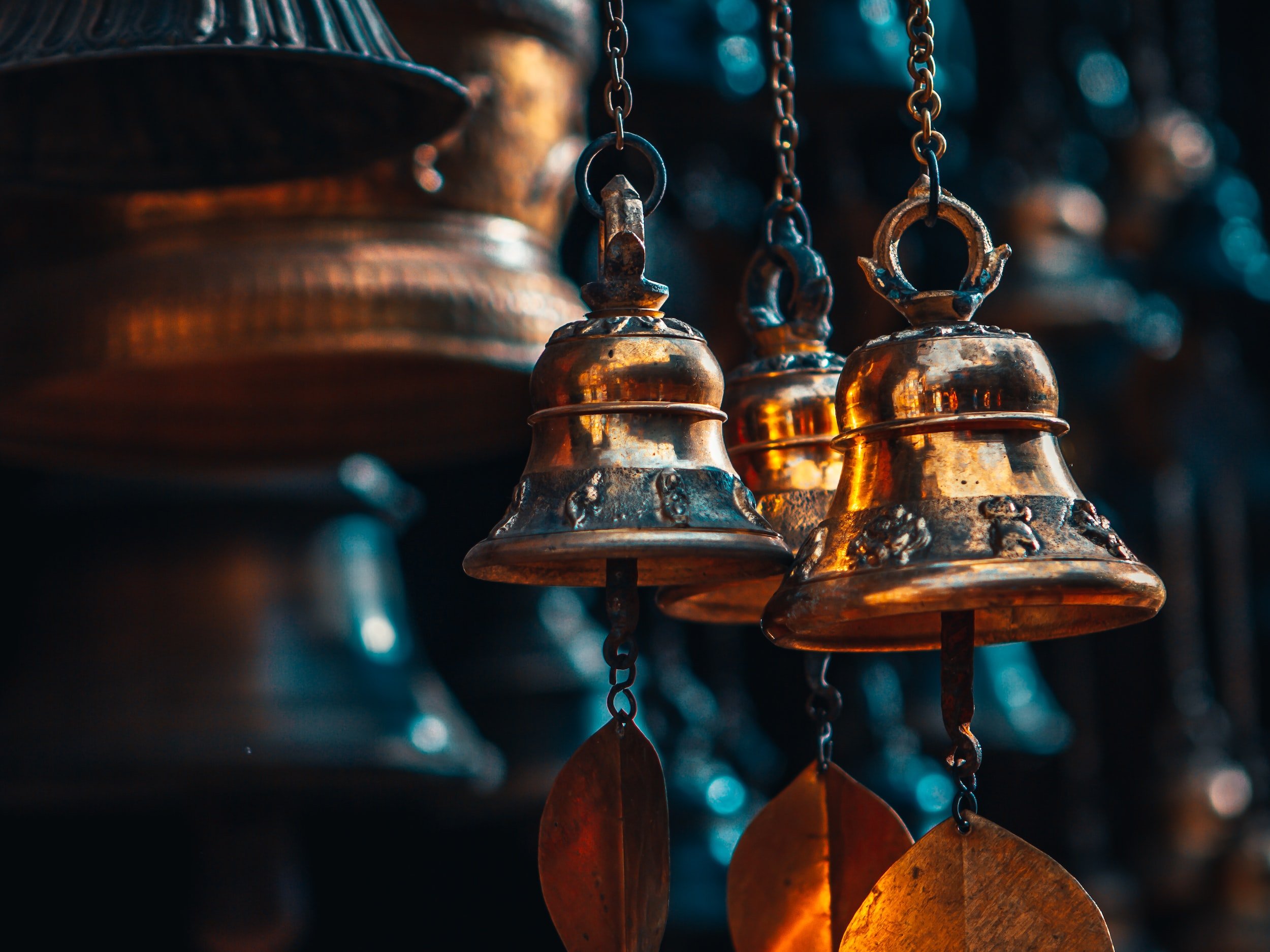Chasing Ghosts Goes Below the Surface
By Sonia Yee
The third season of NZ Herald’s true crime podcast Chasing Ghosts - ‘Below the Surface’ investigates the mysterious death of Bua Ngoen Thongsi, whose body was retrieved by a police dive squad in North Canterbury in February, 2015.
The woman’s death sparked two police investigations and a three-stage coronial inquest - a process for finding facts relating to a person’s death. But despite the inquest, the cause of Thongsi’s passing remains unanswered.
Answers to Bua Ngoen Thongsi’s death lie in the hidden depths of the ocean.
Chasing Ghosts - ‘Below the Surface’ is presented over two episodes and is narrated by NZ Herald journalist, Hazel Osborne.
The first episode provides an insight into the protocol around scuba diving, including the backstory of the woman at the centre of the story, Bua Ngoen Thongsi - a Thai national, whose friends knew as Goy.
Osbourne heads out to visit two of Goy’s closest friends who chat candidly about Goy’s love of diving. We hear a snippet from a video that was posted to her Facebook where Goy and her friends are dancing - a reminder of what we leave behind and our own mortality.
Goy is still missed by her friends, and when asked if they view her death as ‘suspicious’ to this day they choose to believe it was ‘an accident’ caused by her limited experience as a diver.
But as we discover through the series, there are plenty of holes in the story of the fateful day that Goy went on a trip to Motunau to dive for crayfish.
The four men who accompanied her were Brent Chappell, Ina Tikeii, Wally Mohi, and David Avei, all inexperienced divers. On the day Goy went missing, one of the men was hungover and shouldn’t have been in the water, while another was reported to have been married, while also in a relationship with Goy.
There are risks involved in scuba diving.
The missing pieces in the story are explored through interviews with local and international diving experts - each of them are plagued with the one question: Why did the men allow Goy to sink?
An experienced diver describes Moutunau as a place without rules, a no-man’s-land or a wild west where divers go to fill quotas.
“[There was] no consideration for their own safety or others [and] the natural human response would be to pull [someone struggling] into the boat and give them CPR.”
An international ex-military diver agrees that the details in the case didn’t add up.
“The story doesn’t fit no matter how you contrive it,” he says.
Over the course of the inquest, the accounts of the dive had changed. This is outlined in the podcast where the men had failed to explain why they never searched for Goy, or made no attempt to save her, despite one of them recounting ‘a look of panic’ on her face before she slipped away.
Buddhist views believe life and death is a continuum.
Following Goy’s death, her two friends sat by her body when it was brought to a Buddhist temple in Christchurch.
On a visit to that same temple, a Buddhist monk tells Osbourne that Goy’s death was “extremely sad” and a “tragic accident”, describing her as a happy person with a lot of friends, who is still remembered to this day.
Music and occasional sound effects are sprinkled throughout the series, and help to set the scene.
Particularly for this genre, nailing the suspense and keeping listeners on edge at the right times, regardless of whether we know the outcome of the story, is essential. More heavy lifting could have been done by the sound and music to add another layer of depth to build the momentum of the story and drive the tension.
This is where the art of great storytelling comes in, but the lack of tension means the urgency slips through our fingers.
People love true crime and it is clear that a lot of time and effort has gone into producing the series, including the detailed and in-depth research in the reporting. From a journalistic point of view, this is where the podcast nails those all important details.
While this is a fair attempt at what can be a labour intensive style of production, and one that needs a great deal of time and attention to truly have an impact, the series lacks dynamism.
The tone, at least for my liking, feels a little too Sensing Murder in a cheesy kind of way. This could have easily been avoided by taking more creative risks in the choice of music and use of sfx, rather than treading with caution through the production process.
As a listener, it feels bare where it could have been much fuller and sound rich. That in itself would have given the series much more dimension and added to the light and shade, giving the story the weight, it needed.
The opportunity to explore ‘the hidden depths’ of this mysterious part of the ocean where Goy disappeared only skims lightly across the surface.
There are different ways to tell a story, and there are no rights or wrongs. In terms of craft and engaging the listener, we need to ‘care and connect’ with the people at the heart of the story.
There is also an art to crafting narrative script, and to some degree, that was missing in the series - too heavy-handed and a script can easily feel overwritten, and in this case, it’s slightly clunky and unnatural, which feeds into a slightly stilted performance.
No one knows what it was like for Goy to sink to the bottom of the ocean.
Narrated podcasts can be difficult to execute seamlessly; each element in the production process should work in tandem to elevate the story, build the necessary emotional arc, and ultimately, keep us wanting more. But all of this takes time, and this podcast isn’t too far off.
Looking at the bigger picture, media organisations are under the pump. In reality, the time and investment needed to pull off a production like this takes considerable energy and resources.
What doesn’t go unnoticed is the quality of journalism in the series, and that’s something that needs to be recognised and applauded.
The strength in the series lies in the information relating to the inquest. The insights into the scuba diving world and its protocols are also fascinating.
Ultimately, this is a story about connection and friendship, unanswered questions, and a human desire for answers. It is also a cautionary tale about knowing who to trust when your life is in somebody else’s hands.
Chasing Ghosts - ‘Below the Surface’ is an easy, digestible listening experience in its two-part format. And for those afraid of content that gets ‘too dark and heavy’, this series is a walk in the park.
There is a lot to like in the podcast including Goy’s friends who inject warmth and into the series. They are endearing and paint a picture of Goy, which makes her story all the more accessible.
While you won’t be hanging off the edge of your seat, this is a story that deserves to be told.
Listen to the two episodes above, or head to the full series.
Review Rating: 4/5






